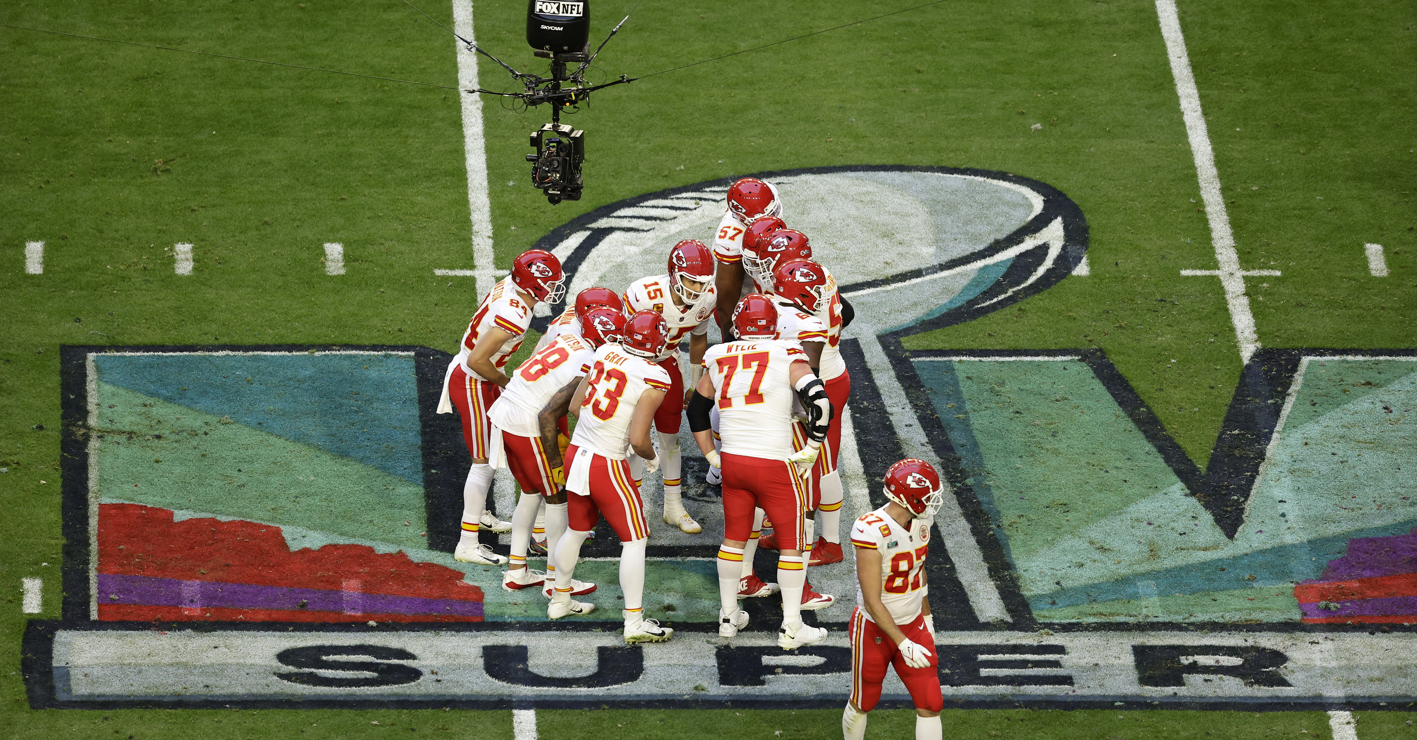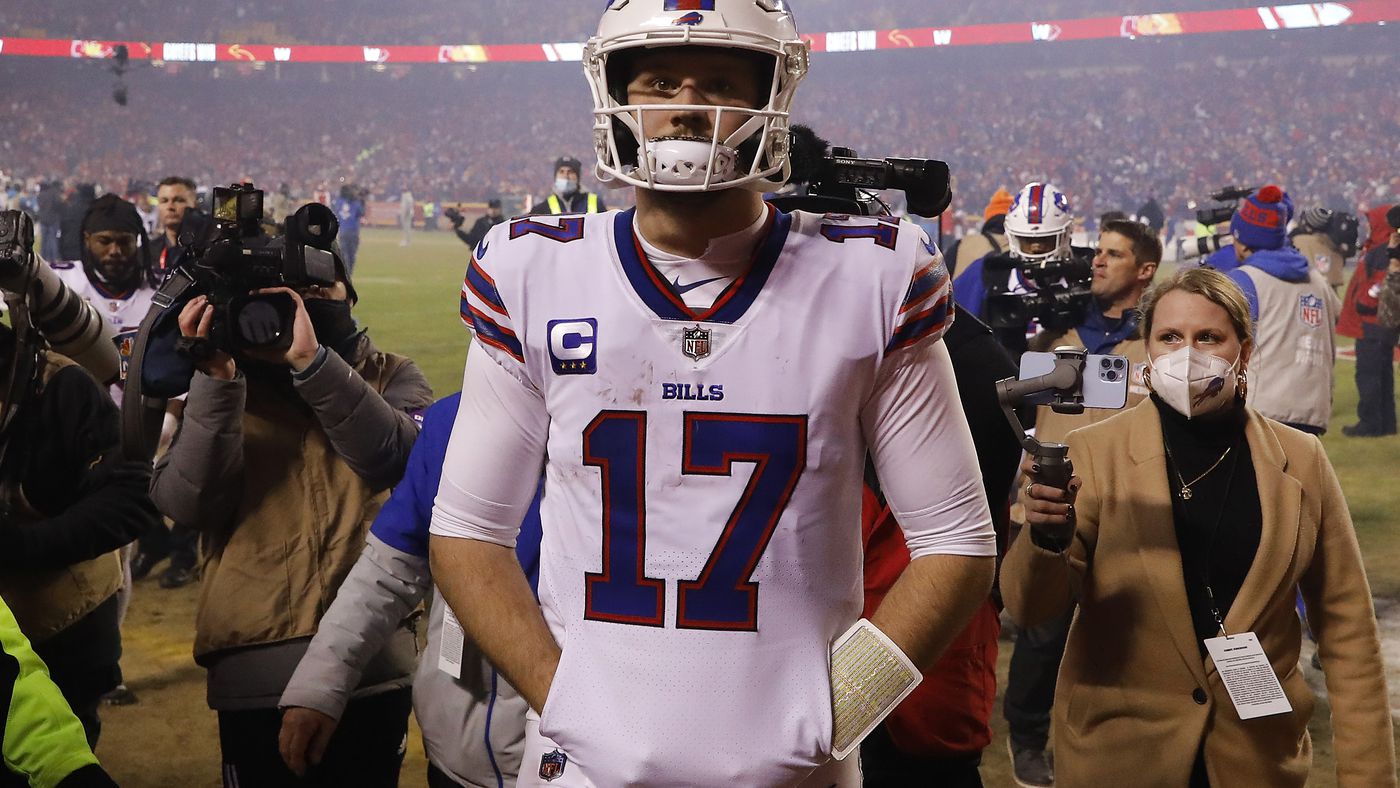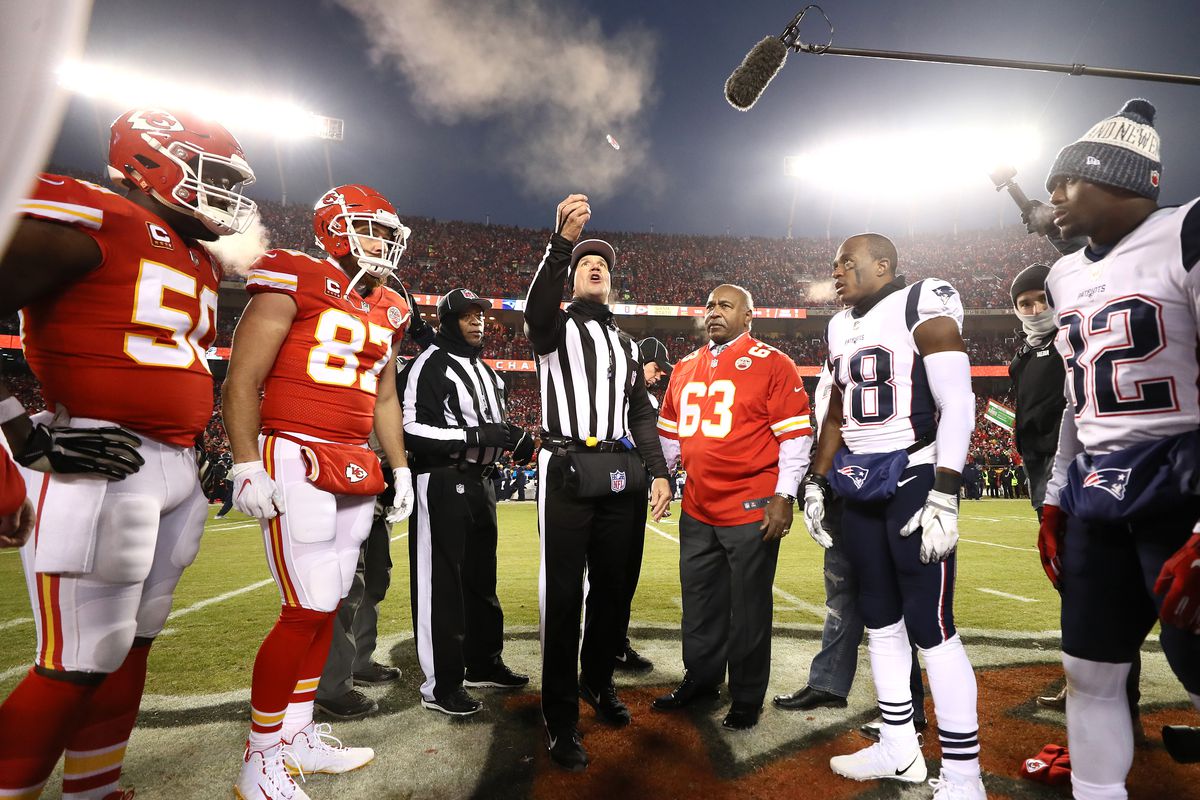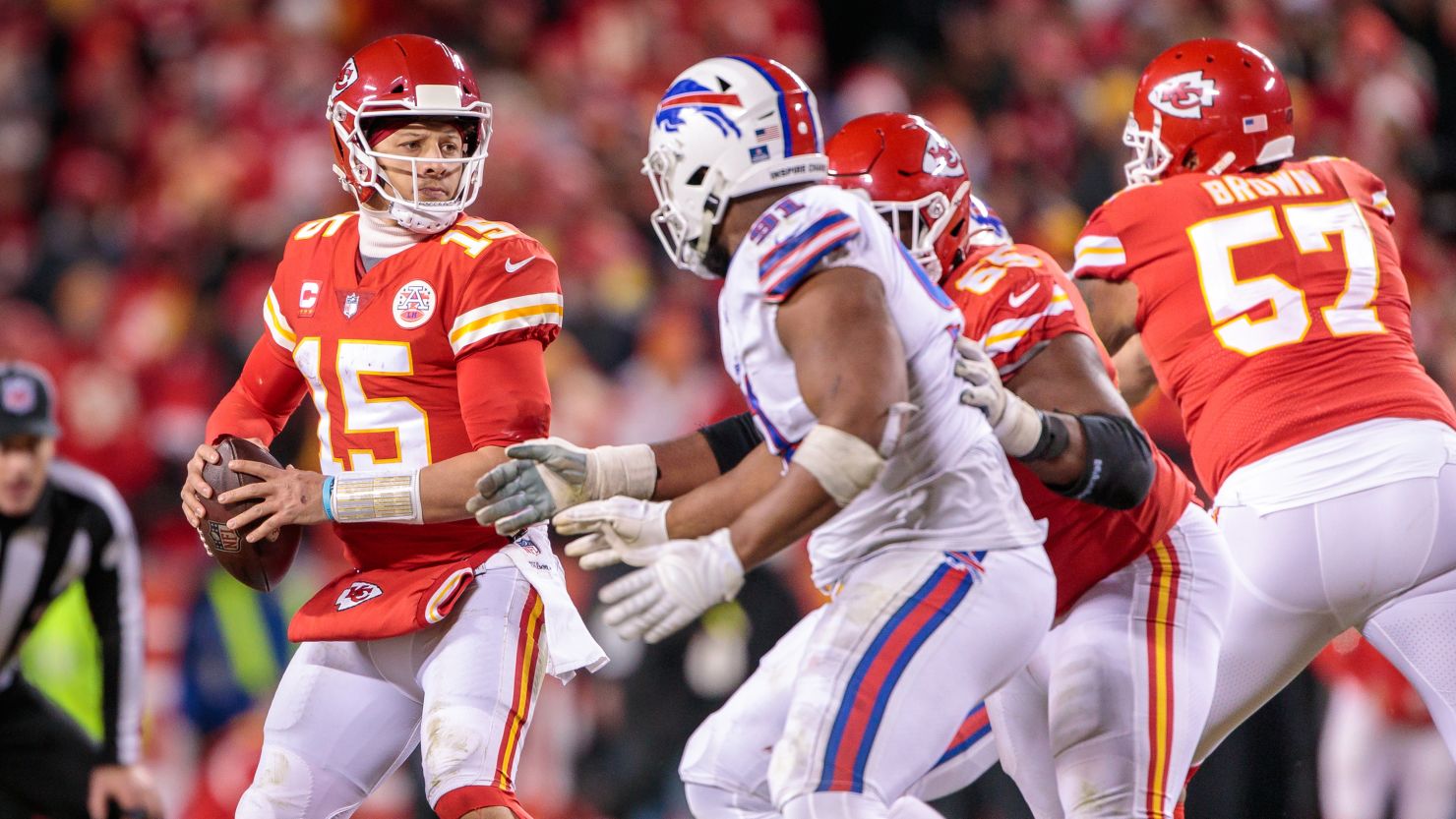Introduction: Evolution of the Game

American football, particularly the NFL, has become a cornerstone of American sports culture. The NFL, founded in 1920, has grown from its humble beginnings into a multi-billion dollar league that captivates millions of fans each season. Its influence extends beyond the field, shaping aspects of entertainment, culture, and even fashion. Learn more about the NFL’s history here.
The league’s enduring appeal lies in its dynamic nature. The NFL isn’t just about the gridiron battles on Sunday afternoons; it’s also about the strategic decisions, the off-season dramas, and the evolution of the game itself. One of the key elements driving this evolution is the constant tweaking and changing of the rules. These changes are essential not only for enhancing the excitement and competitiveness of the game but also for ensuring the safety and fairness for all players involved. Discover the latest NFL rules and regulations.
Rule changes over the years have ranged from minor adjustments to significant overhauls. For instance, the introduction of the forward pass in the 1930s revolutionized offensive play, while recent measures to reduce concussions reflect the league’s increasing focus on player health. Each change is a testament to the NFL’s commitment to balancing the integrity of the game with modern demands and insights. Explore how rule changes have shaped the NFL.
In conclusion, the history of the NFL is a tapestry woven with moments of brilliance, innovation, and adaptation. It’s this ever-evolving nature that keeps the game fresh and engaging for fans, players, and coaches alike. As we look to the future, one thing is certain: the NFL will continue to evolve, ensuring that American football remains a beloved sport for generations to come. Read more about the future of the NFL.
Early Years (1920s-1940s)

The NFL’s journey began in 1920 when a group of representatives from various professional football teams gathered in Canton, Ohio, to establish what would become the National Football League. This formation marked the beginning of a new era in American sports, providing a structured framework for professional football and setting the stage for its explosive growth in the decades to come. Learn more about the NFL’s formation.
In its infancy, the NFL’s rule set was a patchwork of guidelines borrowed from college football, which was the dominant form of the sport at the time. The initial rules were designed to bring uniformity and fairness to a game that varied widely in how it was played and officiated across different teams and regions.
Key Changes: Forward Pass Legalization, Hash Marks, and Standard Game Clock
One of the most transformative changes in the early years was the legalization of the forward pass. Although it had been permitted in college football since 1906, it wasn’t until the early 1930s that the forward pass became a pivotal part of the NFL’s strategy. This rule change opened up the game, allowing for more dynamic and high-scoring plays, and helped to differentiate professional football from its college counterpart. Read about the impact of the forward pass.
Another significant change was the introduction of hash marks in 1933. Hash marks were placed 10 yards from each sideline to standardize the placement of the ball and ensure consistent spacing of plays. This change not only helped to improve the flow of the game but also provided a visual guide for players and officials, contributing to a more organized and predictable playing field. Discover more about the history of hash marks.
The establishment of a standard game clock was also crucial. Initially, game time was managed loosely, often leading to inconsistencies and disputes. The introduction of a 60-minute game clock, divided into four 15-minute quarters, helped to bring order and predictability to the game, ensuring that all teams played under the same time constraints. This change laid the groundwork for the modern, highly regulated timing system used in the NFL today. Explore the evolution of the game clock.
These early changes were instrumental in shaping the NFL into a more structured and strategic league. They provided a foundation that allowed the sport to evolve into the high-stakes, thrilling game that fans know and love today. Learn more about the NFL’s early rule changes.
1950s-1960s: The Era of Innovation

Introduction of the Two-Point Conversion
The 1950s and 1960s were a time of significant innovation in the NFL, as the league sought to make the game more exciting and engaging for fans. One of the most notable changes during this period was the introduction of the two-point conversion. Adopted from college football, the two-point conversion was introduced in 1968, allowing teams to attempt to score two points by running or passing the ball into the end zone from the two-yard line after a touchdown, rather than kicking for a single extra point. This rule added a new layer of strategy to the game, providing teams with more options and increasing the potential for dramatic comebacks.
Changes in Substitution Rules Allowing More Strategic Play
Another significant change during this era was the revision of substitution rules. Prior to the 1950s, player substitutions were limited, meaning players often had to play both offense and defense. However, in 1950, the NFL began allowing unlimited substitutions, which transformed the game by enabling coaches to specialize their players’ roles and develop more complex strategies. This change led to the emergence of specialized positions and units, such as the defensive line and the offensive backfield, which greatly enhanced the tactical depth of the game.
Implementation of Sudden Death Overtime
The implementation of sudden death overtime in 1946 for the NFL Championship Game was another groundbreaking innovation of this period. Before this rule, games that ended in a tie after regulation time simply remained tied, which could be unsatisfactory for both fans and teams. The sudden death rule stipulated that the first team to score in overtime would win the game, adding an intense and thrilling dimension to the sport. This rule change was officially adopted for regular season games in 1974, ensuring that each contest had a definitive conclusion.
These innovations of the 1950s and 1960s significantly altered the landscape of professional football, making the game more strategic, exciting, and viewer-friendly. By introducing the two-point conversion, enhancing substitution rules, and implementing sudden death overtime, the NFL continued to evolve, laying the foundation for the high-octane, strategy-rich game that fans enjoy today.
1970s: Safety and Fair Play

Emphasis on Player Safety: The “Mel Blount Rule” and Other Changes to Reduce Injuries
The 1970s marked a pivotal decade for the NFL, as the league began to place a stronger emphasis on player safety and fair play. One of the most significant changes during this period was the introduction of the “Mel Blount Rule” in 1978. Named after the Pittsburgh Steelers’ Hall of Fame cornerback, this rule prohibited defensive players from making contact with receivers beyond five yards from the line of scrimmage. The rule aimed to reduce the physicality and potential for injuries in the passing game, while also promoting more open and high-scoring games. Read more about the Mel Blount Rule.
In addition to the Mel Blount Rule, the NFL implemented several other changes focused on reducing injuries and improving player safety. These included stricter regulations on helmet-to-helmet contact and the introduction of penalties for unnecessary roughness and late hits. These measures were crucial in addressing the growing concerns about player health and longevity in the sport. Learn more about the NFL’s commitment to player safety.
Introduction of the 10-Yard Penalty for Offensive Holding
The 1970s also saw the introduction of the 10-yard penalty for offensive holding, which significantly impacted the way the game was played. Prior to this rule change, holding penalties were less severe, but the new 10-yard penalty made it a much more consequential infraction. This change was designed to promote fair play and reduce the frequency of holding, thereby encouraging cleaner and more competitive gameplay. Discover the history of penalty rules in the NFL.
Development of the Wild Card Playoff System
Another major development during the 1970s was the creation of the wild card playoff system. Introduced in 1970, the wild card system allowed teams that did not win their divisions but had strong records to qualify for the playoffs. This innovation increased the competitiveness of the league by giving more teams a chance to vie for the championship, leading to more exciting and unpredictable playoff scenarios. The introduction of wild cards also helped maintain fan interest throughout the entire season, as more teams remained in contention for postseason play. Learn more about the wild card system.
These changes in the 1970s were instrumental in shaping the modern NFL, emphasizing safety, fairness, and competitiveness. The implementation of rules like the Mel Blount Rule and the 10-yard penalty for offensive holding, along with the introduction of the wild card playoff system, reflected the league’s ongoing efforts to improve the game for both players and fans. Explore more about the NFL’s rule changes in the 1970s.
1980s-1990s: Modernization and Media Influence
Introduction of Instant Replay for Officiating
The 1980s and 1990s were transformative decades for the NFL, characterized by significant modernization and the growing influence of media. One of the most notable advancements was the introduction of instant replay for officiating in 1986. This technology allowed officials to review plays using video footage to ensure accurate calls on the field. Initially met with mixed reactions, instant replay quickly proved its value in correcting officiating errors and enhancing the fairness of the game. Despite some initial technical challenges, instant replay has become an integral part of the NFL, ensuring that crucial plays are called correctly.
Rule Changes Influenced by the Growing Television Audience
The 1980s and 1990s also saw the NFL adapt its rules to accommodate and capitalize on the growing television audience. The league recognized the importance of creating a more viewer-friendly experience, leading to several rule changes aimed at increasing the pace and excitement of games. For example, the play clock was standardized to ensure a consistent and predictable game flow, and commercial breaks were strategically placed to maximize viewer engagement without disrupting the game. These adjustments helped the NFL become a dominant force in the entertainment industry, with games becoming must-watch events for millions of fans each week.
Adjustments to the Passing Game, Including the “No Chuck” Rule
Another significant development during this era was the adjustment to the passing game, most notably the introduction of the “no chuck” rule in 1978, which was further emphasized in the 1980s and 1990s. This rule prohibited defensive players from making contact with receivers more than five yards beyond the line of scrimmage. The goal was to open up the passing game and increase offensive production, leading to more high-scoring and entertaining games. This change, along with other adjustments like relaxing restrictions on offensive linemen’s use of their hands, transformed the passing game into the dynamic and explosive spectacle that defines modern NFL football.
These innovations in the 1980s and 1990s were pivotal in shaping the NFL into the powerhouse it is today. The introduction of instant replay, rule changes influenced by television, and adjustments to the passing game all contributed to a more exciting, fair, and viewer-friendly sport. As the league continued to evolve, these decades set the stage for the NFL’s unprecedented popularity and success in the new millennium.
2000s: Player Safety Takes Center Stage
Increased Focus on Concussions and Head Injuries
The 2000s marked a turning point for the NFL as player safety became a paramount concern, particularly regarding concussions and head injuries. Growing awareness of the long-term effects of repeated head trauma, highlighted by research on Chronic Traumatic Encephalopathy (CTE), pushed the league to take decisive action. The NFL implemented stricter protocols for diagnosing and managing concussions, including mandatory baseline testing and the establishment of independent neurological consultants at games. These measures aimed to better protect players from the potentially devastating consequences of head injuries.
Introduction of Fines and Suspensions for Dangerous Hits
To further emphasize player safety, the NFL introduced fines and suspensions for dangerous hits. The league began rigorously enforcing penalties for hits deemed excessively violent or likely to cause injury, such as helmet-to-helmet collisions. Players found guilty of these infractions faced hefty fines and suspensions, signaling the NFL’s commitment to deterring dangerous play. These disciplinary actions aimed to change the culture of the game, encouraging players to prioritize safety and respect for their opponents.
New Rules to Protect Quarterbacks and Defenseless Receivers
In addition to penalizing dangerous hits, the NFL introduced new rules specifically designed to protect vulnerable players, particularly quarterbacks and defenseless receivers. Rules such as the “Brady Rule,” named after quarterback Tom Brady, prohibited defenders from hitting quarterbacks below the knees. Similarly, new regulations were implemented to protect defenseless receivers from hits while attempting to catch the ball. These rules aimed to reduce the risk of injury during critical moments of play and ensure that the league’s most high-profile and impactful players remained healthy and active.
The increased focus on player safety in the 2000s has had a profound impact on the NFL. By addressing the risks associated with concussions and head injuries, introducing fines and suspensions for dangerous hits, and implementing new rules to protect quarterbacks and defenseless receivers, the league has taken significant steps to safeguard its players. These efforts reflect the NFL’s evolving commitment to maintaining a safe and competitive environment, ensuring that the sport remains enjoyable and sustainable for both current and future generations.
2010s-Present: Balancing Tradition and Innovation
Changes to Kickoff Rules to Reduce Injuries
In recent years, the NFL has continued to prioritize player safety while striving to maintain the excitement and tradition of the game. One significant area of focus has been the kickoff, historically one of the most dangerous plays in football. In 2011, the competition committee introduced rule changes moving the kickoff line from the 30-yard line to the 35-yard line, reducing the likelihood of high-speed collisions. Additionally, in 2018, the NFL implemented further modifications, such as requiring players on the kicking team to line up within one yard of the restraining line, significantly reducing the number of returns and associated injuries. These changes have been effective in making kickoffs safer without compromising the strategic aspects of the game.
Introduction of the “Helmet Rule” and Expansion of Instant Replay
In 2018, the NFL introduced the “helmet rule,” which made it illegal for players to lower their heads to initiate contact with their helmets. This rule aimed to reduce the risk of head and neck injuries by encouraging safer tackling techniques. Any violation of this rule results in a 15-yard penalty and possible fines or suspensions, reflecting the league’s commitment to eliminating dangerous plays.
The NFL has also expanded the use of instant replay to ensure fairer outcomes in games. The competition committee approved the use of replay to review a broader range of plays, including pass interference calls, both offensive and defensive. This expansion allows for greater accuracy in officiating, although it has sparked debate among fans and analysts about the impact on game flow.
Ongoing Adjustments to Overtime Rules and Playoff Formats
The NFL has continually adjusted its overtime rules to ensure fairness and excitement. One significant change came in 2010, when the competition committee modified the sudden death rule to guarantee both teams an opportunity to possess the ball, unless the first possession resulted in a touchdown. This rule change was driven by concerns that the outcome of games was overly influenced by the overtime coin toss. The rule was further refined to apply to all games in 2012.
In 2020, the NFL introduced changes to the playoff format, expanding the number of teams from 12 to 14. This adjustment aimed to increase the competition and give more teams the opportunity to compete for the Super Bowl, enhancing the excitement of the postseason.
These ongoing adjustments reflect the NFL’s efforts to balance tradition with innovation. By implementing changes to kickoff rules, introducing the helmet rule, expanding instant replay, and refining overtime and playoff formats, the league continues to evolve, ensuring the game remains both safe and thrilling for players and fans alike.
Impact on the Game
How These Rule Changes Have Shaped the Modern NFL
The rule changes implemented over the past several decades have profoundly shaped the modern NFL, creating a game that is safer, more competitive, and increasingly exciting for fans. Adjustments to kickoff rules, for instance, have reduced the number of high-speed collisions, thereby lowering injury rates and extending the careers of players. The introduction of the “helmet rule” has further enhanced player safety by making it illegal to lower the head to initiate contact, promoting safer tackling techniques. Additionally, the expansion of instant replay has ensured more accurate officiating, preserving the integrity of the game. These changes have contributed to a more dynamic and viewer-friendly sport, enhancing the overall fan experience.
Analysis of the Balance Between Maintaining the Spirit of the Game and Ensuring Player Safety
Balancing the traditional spirit of football with the need for player safety has been a challenging but essential endeavor for the NFL. The competition committee, tasked with recommending and implementing rule changes, has worked diligently to preserve the core elements of the game while introducing measures to protect players. For instance, the changes to the overtime period rules ensure that games are decided in a manner that feels fair to both teams, reducing the influence of the overtime coin toss on the game’s outcome. This balance is crucial as it maintains the competitive nature of the sport while prioritizing player health and safety. Each rule change, such as the 2018 helmet rule, reflects a careful consideration of both preserving the game’s traditional excitement and implementing necessary safety measures.
The Role of Technology and Data in Future Rule Changes
As the NFL continues to evolve, technology and data will play increasingly vital roles in shaping future rule changes. Advanced analytics and real-time data collection enable the league to monitor player movements, collision impacts, and injury patterns more precisely than ever before. This data-driven approach allows the competition committee to identify areas where safety can be improved without compromising the game’s spirit. For example, the use of sensors and tracking devices can provide insights into the effectiveness of new safety protocols, informing further adjustments to the rules. The expansion of instant replay technology is another example of how technological advancements have enhanced officiating accuracy, ensuring that critical game-deciding moments are correctly adjudicated.